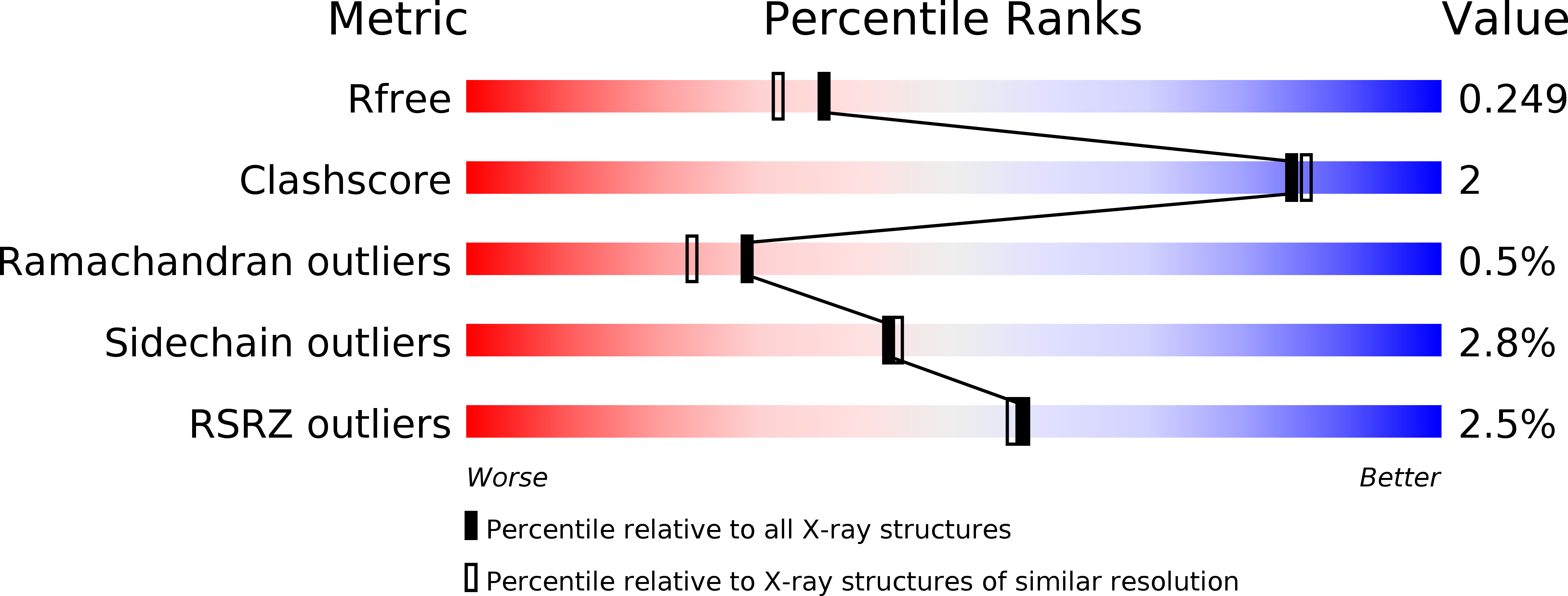
Deposition Date
2013-10-22
Release Date
2014-06-25
Last Version Date
2024-02-28
Entry Detail
Biological Source:
Source Organism:
Geobacillus kaustophilus (Taxon ID: 235909)
Host Organism:
Method Details:
Experimental Method:
Resolution:
2.00 Å
R-Value Free:
0.24
R-Value Work:
0.20
R-Value Observed:
0.20
Space Group:
P 21 21 2


